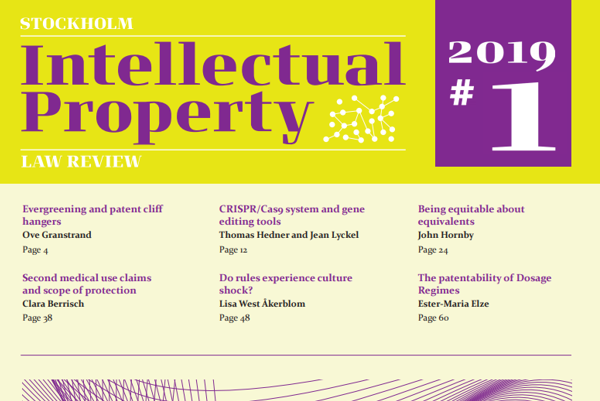CRISPR/Cas9 is a type of “molecular machinery” found in some bacteria, eg. Streptococcus pyogenes. The main task is to destroy penetrating DNA chains, which originate, for example, from attacking viruses. A major step in this mechanism is the discoveries made by Emmanuelle Charpentier 2009–2012 when she, among other things, worked as a researcher at Umeå University to study the bacteria’s “defense system”. That such a system existed was partly known earlier, but Charpentier described it in detail. She also described that this system appears in many different types of organisms and how it could be used to selectively alter DNA sequences in different ways.
Now Thomas Hedner and Jean Lycke at the UBI company Mucocort has published an article on the discovery in the Stockholm Intellectual Property Law Review.
– For us, it is interesting to describe one of the most interesting research discoveries the recent decades. For us personally, the publication has no merit value, but we believe that it may be interesting for researchers and innovators to know what happened 2009–2012 at Umeå University. Many believe that a Nobel Prize is only a few years away – and Emanuelle Charpentier who at that time worked as a researcher at Umeå University, will certainly be one of the laureates. The article describes what happened then, and how CRISPR/Cas9 subsequently has developed towards one of the most spectacular fields in medicine and biotechnology, the authors say.



